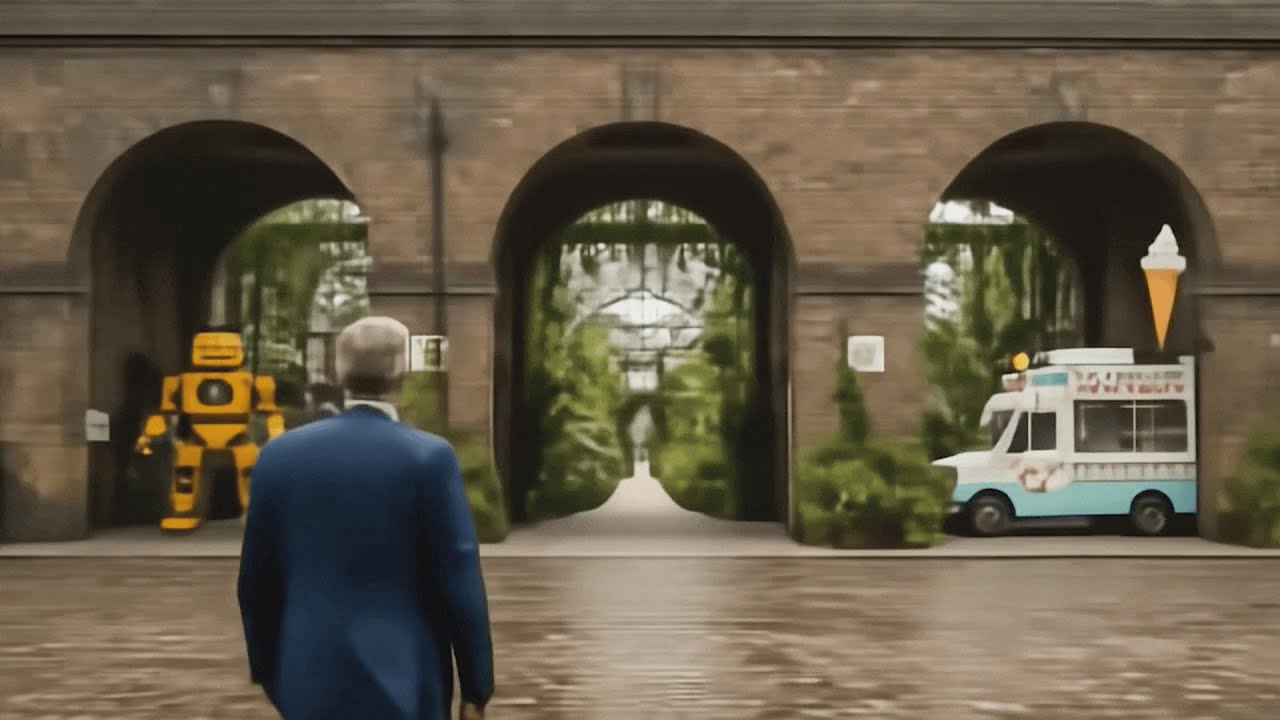In a recent 60 Minutes segment, Google DeepMind’s CEO Demis Hassabis showcased their advanced AI assistant, Astra, which can analyze emotions in artworks and generate narratives, alongside the world-building AI model Genie 2 that transforms images into interactive 3D environments. These advancements have significant implications for entertainment, gaming, and robotics, allowing AI to learn and perform tasks in simulated worlds, potentially integrating with Google’s geographic data for enhanced real-world understanding.
In a recent segment of 60 Minutes, Google DeepMind’s CEO, Demis Hassabis, showcased the advancements in artificial intelligence, particularly focusing on their AI assistant, Astra. This AI can perceive and analyze the world, recognizing emotions in famous artworks, such as Edward Hopper’s “Automat.” Astra’s capabilities extend beyond mere recognition; it can also generate narratives based on visual prompts, demonstrating a significant leap in understanding and creativity that DeepMind had not anticipated would develop so rapidly.
The report highlighted DeepMind’s progress in creating AI that can generate images, videos, and even three-dimensional environments. Two years prior, the technology was able to create simple videos from text prompts, but it has since evolved to produce highly detailed and photorealistic images. For instance, the model known as VO2 was demonstrated, showcasing its ability to create a fantastical scene of a golden retriever with wings, complete with realistic animations of how the wings would flap.
A key focus of the demonstration was Genie 2, a world-building AI model that transforms images into interactive 3D environments. DeepMind’s research scientist, Jack Parker Holder, explained how Genie can take a photograph and convert it into a game-like world that users can interact with. The AI generates each subsequent frame in real-time, allowing for a dynamic and immersive experience as users navigate through the created environment.
The implications of these advancements are vast, particularly in the realms of entertainment, gaming, and robotics. The ability to create simulated environments allows AI agents to learn and accomplish tasks without the need for extensive real-world data collection, which can be costly and time-consuming. By training AI in these virtual worlds, they can develop skills that can later be applied in real-world scenarios, such as navigating physical spaces.
Furthermore, the potential for integrating Google’s extensive geographic data, including Google Maps and Street View, into this technology is being explored. This could enhance AI’s understanding of the real world and enable the transformation of static images into interactive 3D experiences. The combination of these technologies could lead to a future where AI can learn from both simulated and real environments, significantly advancing the capabilities of artificial intelligence.
